11 Things To Know Before You Travel to Chile
Plan your ultimate Chile getaway
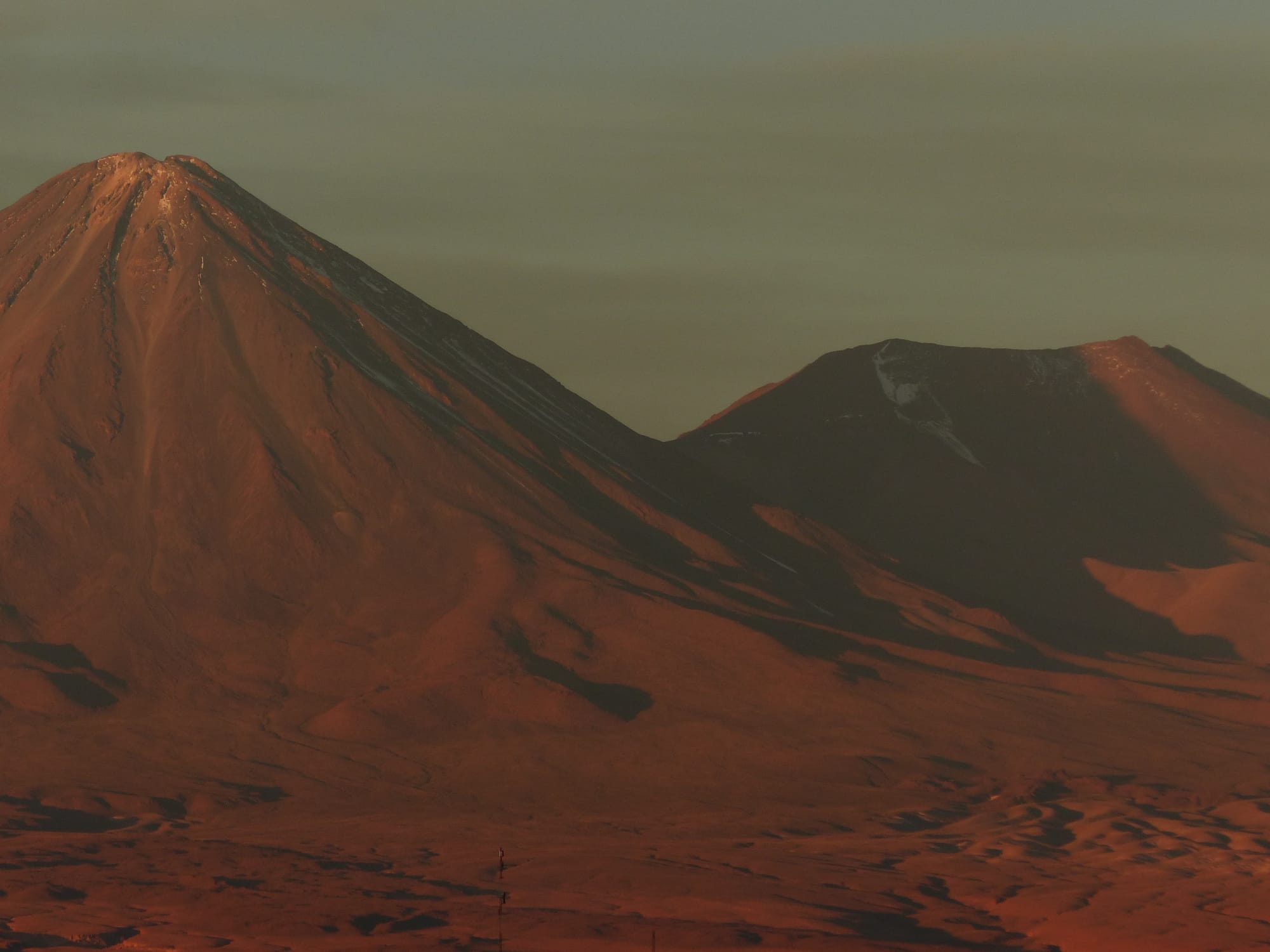
The redeye from JFK to SCL is almost eleven hours long and touches down before its scheduled arrival of 6:35am. A very early morning for me. Like any seasoned traveler, I know that the best way to beat jet lag is to stay awake on your first day and keep to your normal food schedule.
When I arrive at my hotel in the peaceful neighborhood in Providencia, it’s before 9 and I’m more than ready for a coffee and pastry, because I’m not the type of person who can sleep anywhere outside of a bed. Also, I purposefully chose an eastern-facing window seat and watched the rising sun paint the horizon electric red over the crumpled white pleats of the Andes.
After wheeling my suitcases to my room, I ventured out to the wide, tree-lined block to see what sort of hip coffee shops this mixed neighborhood of residential and office building had to offer. The first place I passed wasn’t going to open until 9:45, and the second had an opening time of 10:00.
Where in the world did I end up?
Separated from the rest of the world by the Pacific Ocean to its west, thousands of mountains and volcanoes to its east, and the driest nonpolar desert in the world in its north, Chile and its inhabitants are perhaps the biggest misfits of Latin America. Experiencing the oddities of this country will reset your expectations on normality and beauty.
Your food schedule will be thrown off
For the average Chilean, eating dinner at 6 or 7 in the evening is super early. Base all of your other meal expectations around that.
The professional world seems to start between 9-10 in the morning, and after many investigations I discovered a select few cafes (that’s not Starbucks) that open for an 8am breakfast.
And you can forget about an early lunch at 11:30am. Small businesses can shut down for two hours for lunch, usually starting at 2 or 3pm. In a world where family is important, people need this time to collect their children from school and have a leisurely conversation with them.
This is a useful mental reprogramming for those of us who come from a society where your bosses’ needs are more important than your family life. Enjoy the new flow.
Sometimes it doesn’t feel “Latin American” and sometimes it does
When you look at a menu and see they are charging about US$20 for a probably average-tasting ramen, you understand why it’s not a destination for digital nomads looking for a low cost of living. And then when two months have passed and an envelope of documents still hasn’t shown up, you will wonder why they haven’t figured out mail yet.
If Chile isn’t your first trip into Latin America, a few paradigms of what this large geographic area means will be challenged. Crossing the street doesn’t require nerves of steel, restocking Korean skincare and Japanese pen refills is a cinch, and not hearing the roar of motorcycles at all hours makes a peaceful night.
However, some inefficiencies you might encounter is having to pay cash for public transportation, needing a RUT to get deliveries (more on that in the next article), or taking a number to be served in a store. I’m not one to complain, but I also never want to see a window dressed with just a roller blind and no accompanying fabric curtain ever again.
One of the points of traveling is to undo your assumptions. Generally, Chile is an efficient country with a pretty solid middle class, but the middle class of South America is not a middle class of a developed economy.
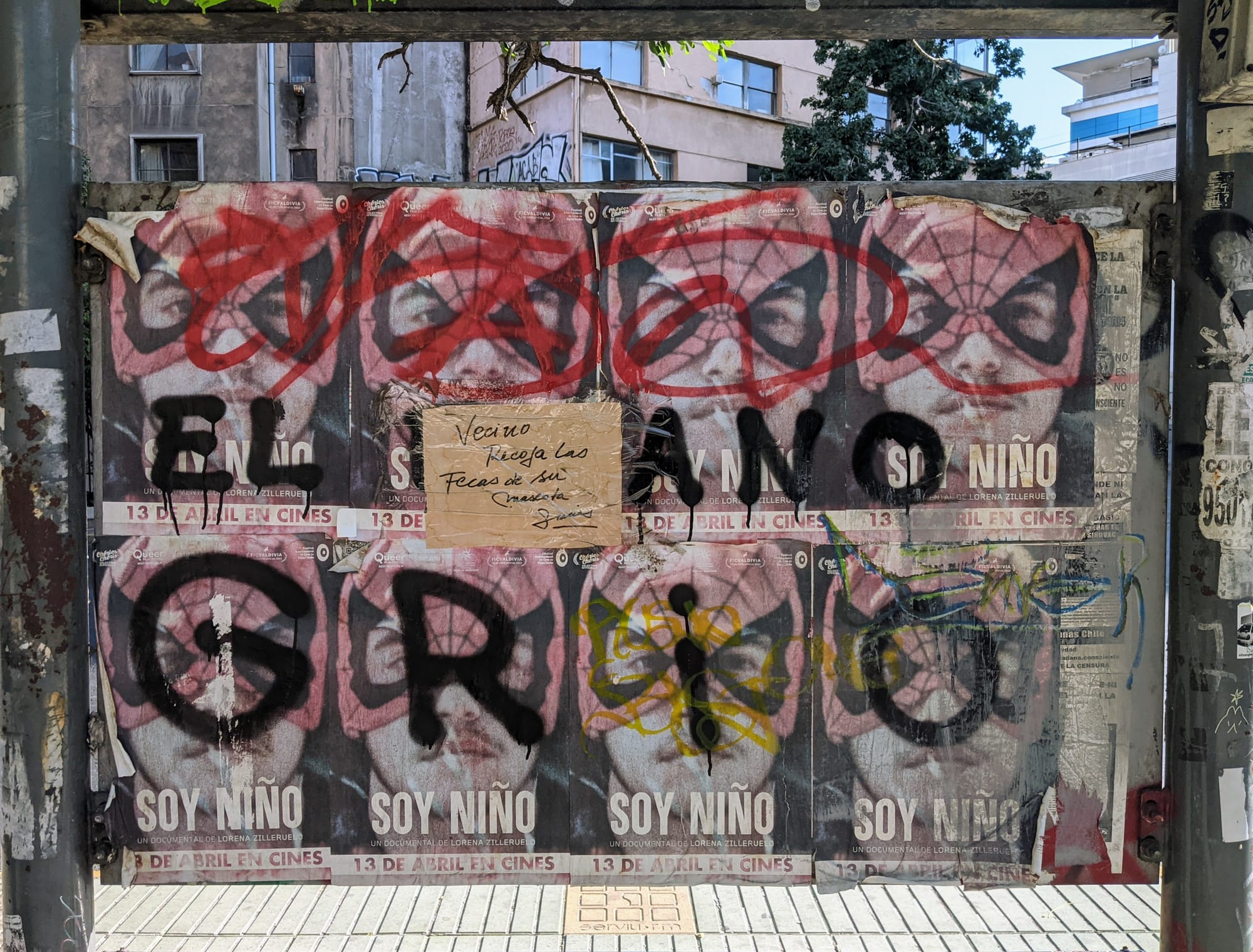
Despite being in South America, don’t expect incredible juice, fruit, produce and coffee
When you stand in front of the juice fridge in a grocery store, you will be met by a wall of néctares, which is a mixture of fruit concentrate mixed with water and artificial sweetener. Intellectually, I know that South America is enormous, but I was nonetheless constantly frustrated when I went food shopping.
It's possible to get healthy food, but you have to know where to go, typically to small green grocers in your hood, or to popular street vendors. In commercial stores, “health food” means packaged foods which have had natural sugar replaced by artificial sweeteners.
I was curious if diabetes was a health crisis in Chile, and the rate is slightly higher than the world average. Even in coffee shops I’ve had to ask if they had real sugar, rather than the suspiciously tiny packets accompanying my cup.
Coffee culture is only a few years old in Santiago, according to a local who opened up his shop after returning from Australia after a decade. Outside of the capital, I saw a preference for instant coffee. It seemed odd that they hadn’t developed a taste for coffee despite being so close to Brazil, Colombia and Peru.
Of course infrastructure within and to Chile has been a geographical challenge – transporting food over the Andes, through the Amazon, around Cape Horn or down the entire Pacific Coast of South America is difficult.
What I did instead of complaining about the juice was finding solace in what Chile is an excellent producer of: apples, blueberries, avocados, potatoes and wine.
Chileans complain a lot
If you think Londoners and Parisians winge too much, you might be in for a surprise when you visit Chile.
When there is rain in Santiago, they complain about the flooding (to be fair, it’s a disaster). They complain about their romantic partner complaining too much. The service in whichever store was the absolute worst. Asian food has too many spices. Chileans know nothing about coffee. You can’t find good juice in Chile (OK, that one’s from me). Politicians never visit the south of Chile. Every corner of Santiago smells of weed (to be fair…). Boric is the most ineffective president in Chile’s history. Venezuelans come to this country and don’t work.
You and I may see people minding their own business on their way to work or the grocery store, but in every human on the street, many Santiaguinos see Venezuelans who want to murder them. Like everywhere else in the world, Chile is filled with people vulnerable to anxiety and mass hysteria who spend more time gazing at their phone screens than actually looking around them. And thinking about what big cities are like outside of their own country.
I found myself rolling my eyes a lot when my comments on how calm Chile is are met with a horrified, “Violence has NEVER been so bad in the entire history of Chile!” Even in comparison to the Pinochet era? Well, obviously, that’s different. But on the other hand, at least there was order…
I’m sure the indigenous people will have more examples, but we will come back to that in later chapters of my Chile guide.
While it’s easy to chuckle about how these insulated people wouldn’t last five minutes in Philadelphia, it’s also an accurate study of how well fear-mongering works. According to InSight Crime, Santiago’s murder rate in 2022 was 10.1 per 100,000 inhabitants, more than half linked to organized crime.
Violent crime is a traumatic experience that shouldn’t be taken lightly, so I think the right policy is to be reassuring (or tell them to advocate for less domestic violence within citizens who aren’t gangsters) but not dismissive unless you know the whole story.
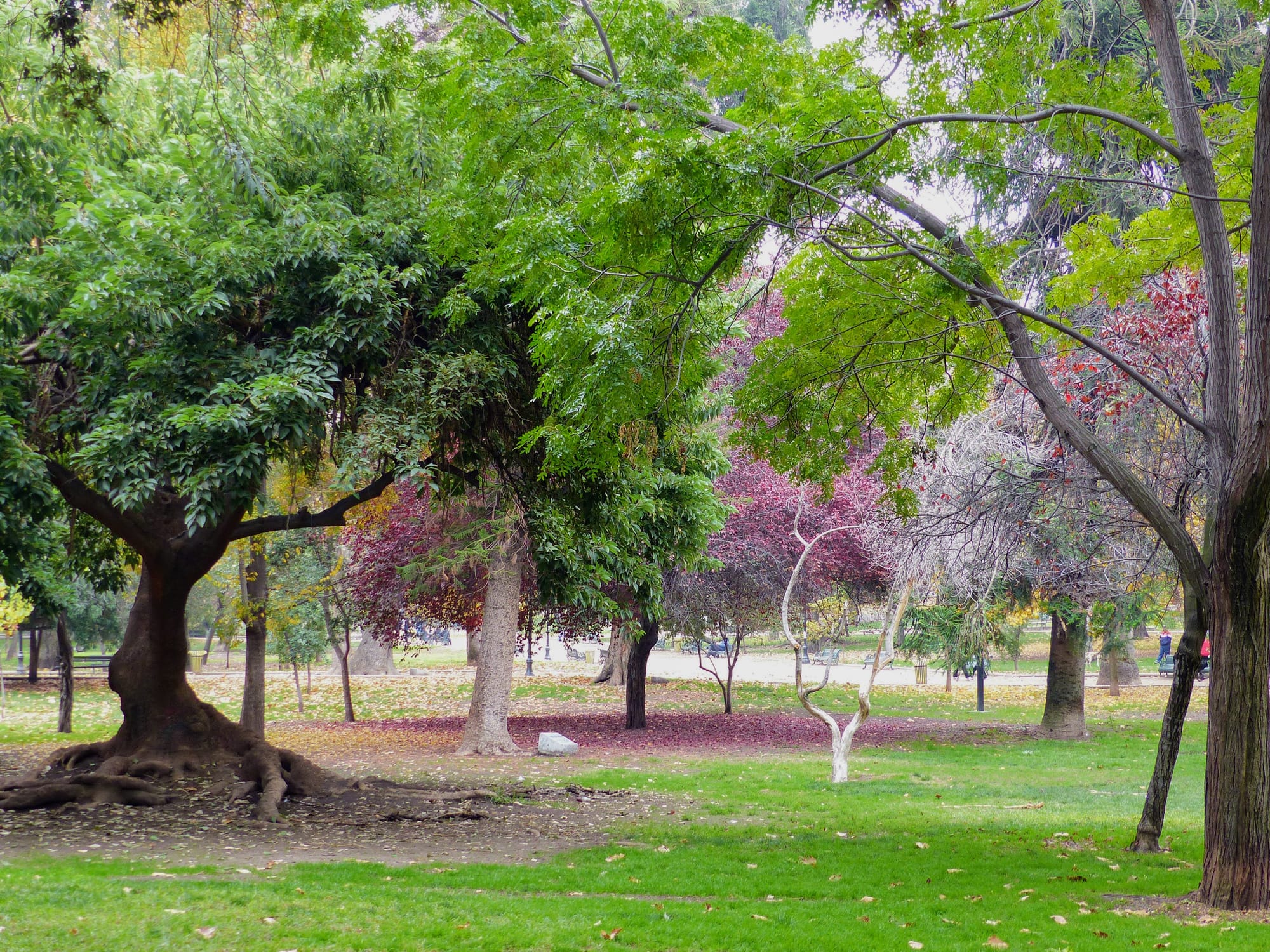
Chileans love PDA
Under the summer sun on a weekday evening, expect to see every teenager in Santiago making out with their loved one in the parks lining the Mapocho River. On the escalator in the Costanera mall you might find yourself behind an old couple holding hands and whispering in each other’s ear.
Everybody is in love in Chile, perhaps because they are comfortable in their own skin. When I arrived, I was struck by the "normalness" of everybody, and I do mean every body. They didn't seem to be affected by ridiculous beauty standards. Don't get me wrong – they have gyms and nail salons and expensive skincare. But they are more interested in individual expressions of their happiest selves, even with a bit of flesh around their waistlines.
Latin Americans are known to be affectionate, but the touchy-feelyness of Chileans is on another level. If you want to ignite an extra, perhaps exhibitionist, spark in your relationship you normally can’t in your home country, book a vacation with your partner during the warmer months.
Your Spanish will be challenged
The joke is that the language Chileans speak isn’t Spanish. The type of Spanish us English-speakers learn will most likely be from Mexico, the Caribbean or Spain. Chilean Spanish feels more far-removed from what we are used to hearing, from the accent to the words.
I’ve written about their language more than once, and the biggest challenge for me is understanding the actual words – they speak very fast through gritted teeth, and they seem to have a chilensimo for everything.
It was fun to find out they have a second type of informal you that’s used specifically between family and close friends. You might hear ¿Álo? ¿M’e’cuchái? while riding the bus, but a Chilean won’t use this form with foreigners.
It’s a great place to practice your Portuguese
One of my tour guides in San Pedro de Atacama joked that soon the city will be renamed São Paulo de Atacama. Many Chileans have told me that in the past decade they’ve noticed that the amount of tourists from Brazil has grown steadily. And as a person with brown skin, I’ve had a few people in service try to practice their Portuguese with me.
It was a welcome reminder that the worldwide tourist industry is absolutely not Euro- or American-centric. Enjoy the diversity – if you stay in Providencia, it won’t take more than three days to find yourself walking behind a group of Brazilians.
Pick your season wisely
Hopefully most people in the Northern Hemisphere planning a trip to Chile will remember that the seasons are upside down. Meaning a summer tour of Tierra del Fuego will be in January, and the clearest winter skies for stargazing in San Pedro de Atacama will be in August or September.
Starting my expedition from Punta Arenas in mid-April and finishing in San Pedro in mid-May mostly worked out well for cold, but not frigid, temperatures. In the regions of Los Lagos and Los Ríos, I had a few days of too much rain, and the two nights I had available for stargazing in the Atacama were too cloudy.
When I got back to Santiago at the start of winter, I was happy to see the smog get washed away after a day of heavy rains, giving me extraordinary views of the city and the snowy white caps of the Andes.
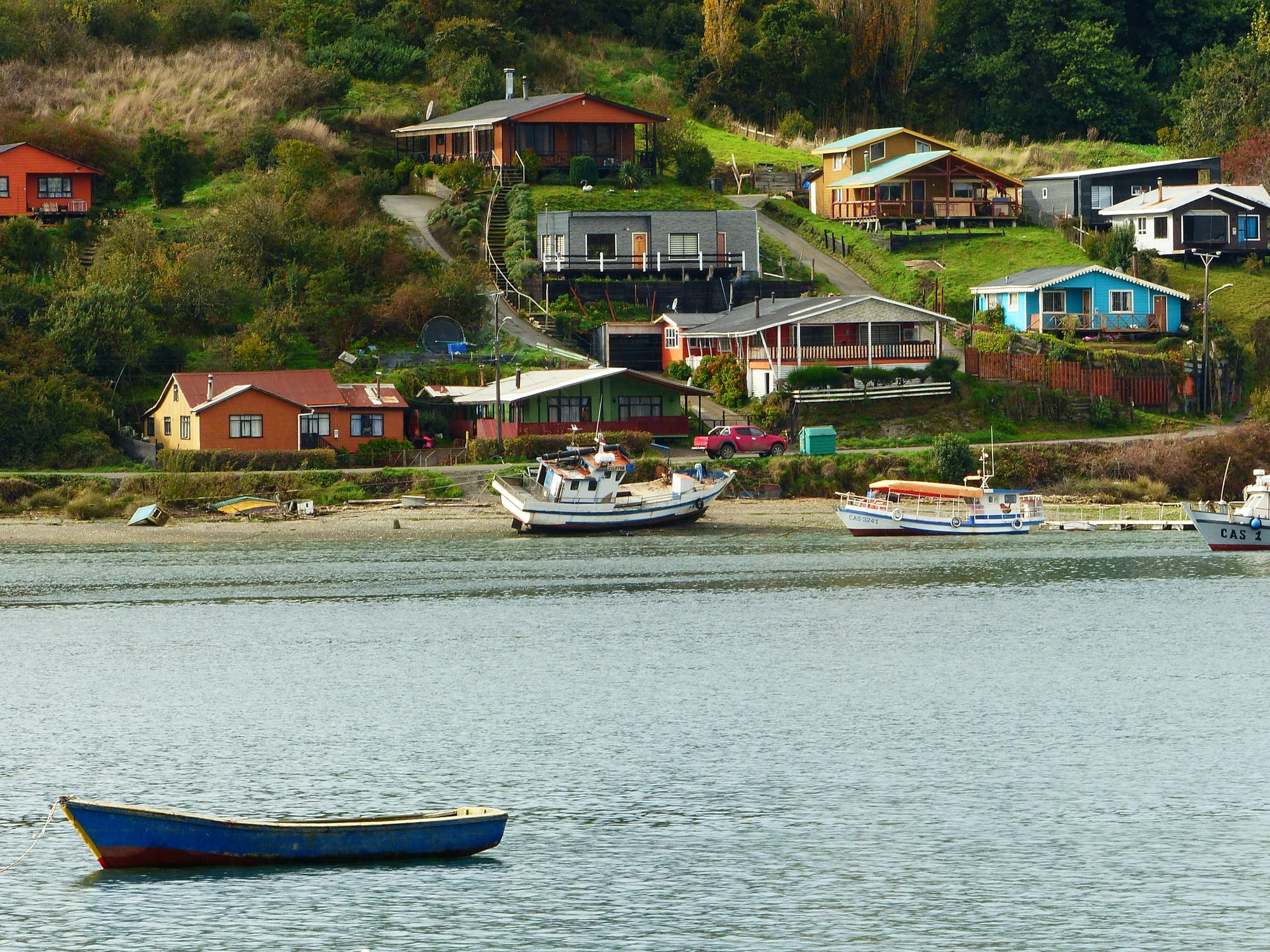
Don’t expect efficient heating north of Magallanes
Comforts of modern American life eluded me in different ways in different South American countries, and a lack of great heat was my biggest pain point.
If heating a home is expensive in rich countries, you can imagine the hurt it brings to the rest of the world. I stayed in accommodations with central heating in Punta Arenas and Puerto Natales, but outside of this region hotels and apartment owners relied on space heaters that were too weak to compete with drafty windows.
Come prepared with warm socks and a hot water bottle (called a guatero in Chilean).
The bus is a great way to travel between cities
Bookmark Recorrido or Kupos to buy your tickets. The seats on the various buslines I traveled on are spacious and clean, and have the option to seal yourself off with privacy curtains. Since I was moving around during the shoulder seasons, it was easy for me to find last-minute tickets to my next destination.
After a few hours on the bus, you will find yourself in an entirely new landscape. How dope is that? In smaller cities you can get around in microbuses, and you will need to keep a few 1.000 peso notes and coins on you.
For longer hauls, if you plan your trip far enough in advance, you can get plane tickets between cities for under $50.
You will find out how easy it is to fall in love
In my first trip to Chile in 2022, I stayed in the Providencia neighborhood of Santiago for practically my entire stay. I loved it, and though I had wanted to see the southern and northern parts of the country, I was happy.
This year, I felt compelled to return because I thought I would be leaving South America right after (plot twist: I ended up on a plane to Peru). In my mind were the words of a Colombian chastising me for not visiting the south, because he was stunned by the scenery during his honeymoon. As well as the words of many Chileans I met who each had a favorite most beautiful region in this normal place they called their homeland.
Love is more intense when you least expect it – your heart is left unprotected when your guard is down. Watching the austral sky’s colors shift through the color wheel of a Patagonian sunrise gave me a rush of excitement the photos I saw online couldn’t deliver. I felt the intensity of cold air, warm desert tones, and hot sunlight in the vastness of the Atacama outside of the tourist hotspots.
I’m happy to know that Chile will be waiting for me, being its best self, whenever I decide to return.
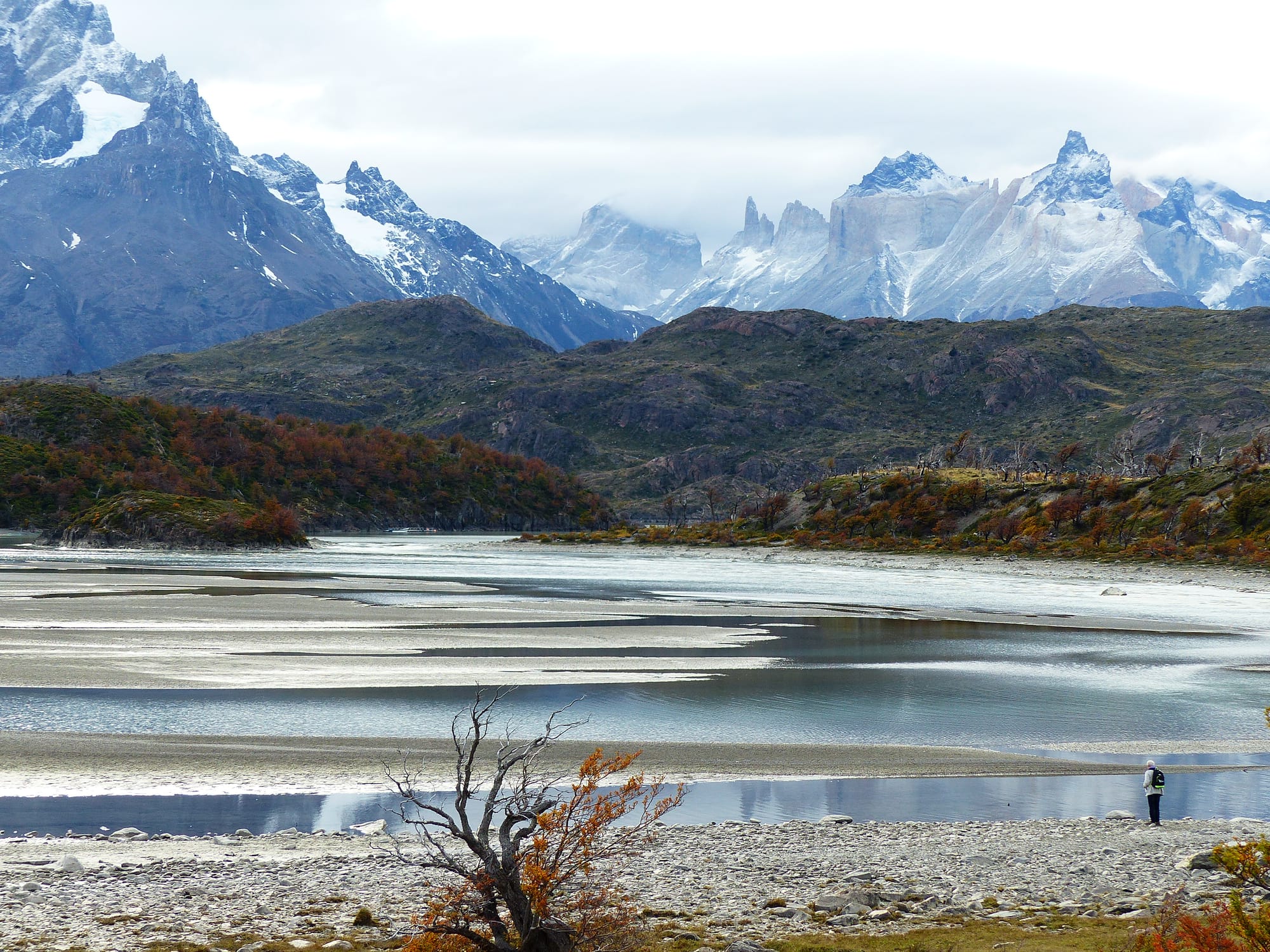
If you consider yourself to be a traveler and not a tourist, follow me to read my serialized guide to Chile as it’s released. I want to share with you the interesting tidbits specific to this country I collected throughout my journey.
Plan your ultimate Chile getaway with my serialized guide! Links will be updated as the stories are published.
Introduction: 11 Things To Know Before You Travel to Chile ( 👈 you are here)
Part 1: Money and shopping
Part 2: Magallanes
Part 3: Los Lagos and Los Ríos
Part 4: San Pedro de Atacama
Part 5: Santiago
Part 6: Spanish in Chile

